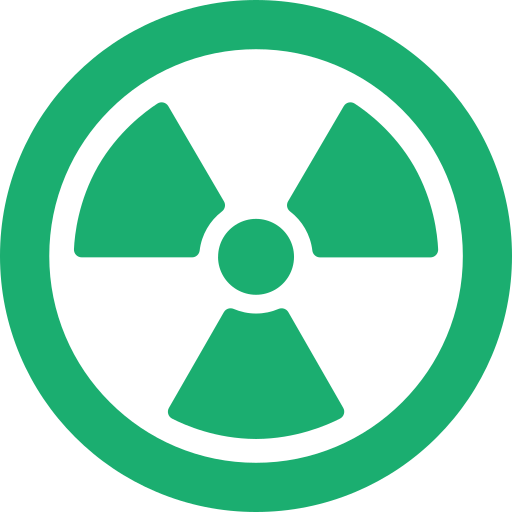Radiographic testing (RT) is a non-destructive testing (NDT) technique used to inspect the internal structure of objects, typically for detecting defects, irregularities, or material discontinuities. It involves the use of X-rays or gamma rays to produce radiographic images of the object being tested.

BENEFITS
- Detects Internal Flaws: Radiographic testing can reveal hidden internal defects such as cracks, voids, inclusions, porosity, and structural discontinuities.
- Accurate Imaging: It provides high-resolution images, allowing for precise defect identification and measurement.
- Non-Destructive: RT does not damage or alter the tested object, making it a valuable tool for quality control and ensuring the integrity of critical components.
- Wide Range of Material Compatibility: Radiographic testing can be used on various materials, including metals, composites, plastics, and ceramics.
- Permanent Record: Radiographic images can be stored for future reference or comparison, aiding in long-term quality assurance and maintenance.
- Versatility: It can be applied to a variety of object sizes and shapes, from small welds to large industrial structures.
APPLICATIONS
- Aerospace: RT is used to inspect aircraft components, engines, and structural elements for hidden defects that could compromise safety.
- Oil and Gas: It is employed to examine welds and pipelines to ensure the integrity of critical infrastructure in the oil and gas industry.
- Manufacturing: Radiographic testing is used in manufacturing processes for automotive, aerospace, and other industries to verify the quality of components and welds.
- Construction: In the construction sector, RT is used to inspect welds, concrete structures, and infrastructure like bridges and buildings.
- Nuclear Power: Radiographic testing plays a crucial role in the inspection of nuclear reactor components and fuel assemblies to ensure safety and reliability.
- Petrochemical: It is used to assess the integrity of pressure vessels, storage tanks, and piping systems in the petrochemical industry.
- Shipbuilding: RT is applied to examine welds and structural components in shipbuilding to ensure the seaworthiness of vessels.
- Railways: It is used to inspect rail tracks, wheels, and other critical components in the railway industry.
- Manufacturing of Aerospace Components: It is used to inspect complex aerospace components, such as turbine blades and engine components, to ensure their quality and safety.







